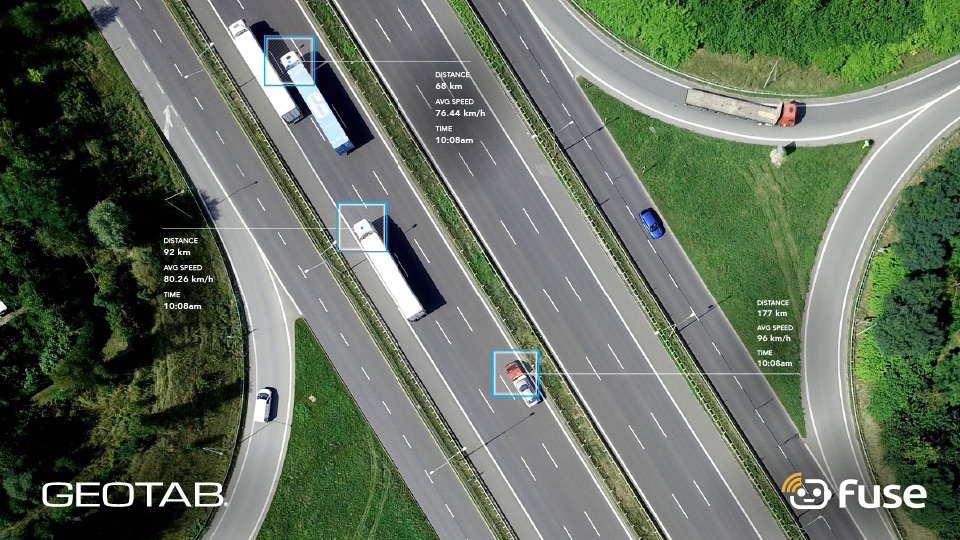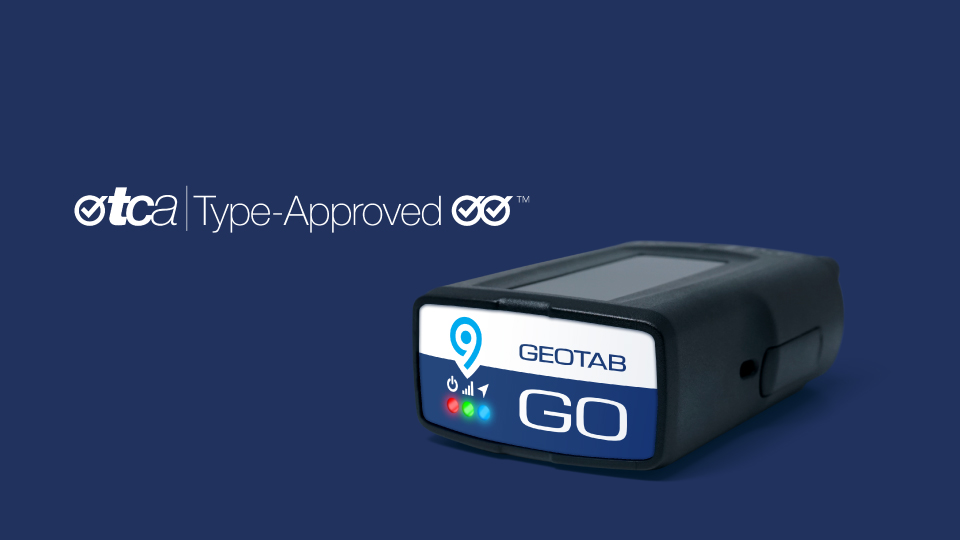Managing distracted driving on Australian roads
Learn how to combat distracted driving in your fleet.

Distracted driving is a key consideration for any fleet manager. As vehicle owners and driver employers, you have a duty of care to ensure your team is safe on the road.
A recent study of Australian drivers published in the Journal of the Australasian College of Road Safety found that drivers were frequently engaged in other tasks while behind the wheel.
Key findings of the study:
- Drivers engaged in secondary tasks on average every 96 seconds
- Drivers were also found to be doing multiple tasks at one time
- Stationary drivers are significantly more likely to engage in a secondary (distracted) task.
- Almost 6% of distractions were related to a safety incidents
Intervening to reduce distracted driving is key to reducing cost and keeping road users safe.
What is distracted driving?
Distracted driving can take a variety of forms. Examples of driver distractions can include:
- Talking with passengers or on the phone
- Consuming food or drinks
- Texting while driving
- Make-up or personal hygiene application
- Singing with in-vehicle entertainment
- Smoking or vaping
- Making notes or other work tasks
- Looking at maps or reading directions
Even interacting with the sound or navigation systems or reaching for objects in the vehicle can be considered distracted driving.
Distractions can be grouped in a several different ways:
- Physical: Any task that takes the driver’s hands off the wheel.
- Visual: Any stimulus that causes the driver to look away from the road.
- Mental: Thinking about other tasks than driving itself.
- Audible: Sounds that divert attention from hazards on the road.
Each time a driver takes their attention — eyes, focus, or thoughts — away from the driving task, they are at greater risk of a collision. Each collision risks the safety of your worker, your asset, or the general public.
See also: Driver fatigue monitoring with telematics
What are the penalties for distracted driving?
There are steep fines or other penalties in Australian states and territories for distracted driving.
Australian Capital Territory, Up to $511 and 4 demerit points
New South Wales, Up to $457 and 5 demerit points
Northern Territory, Up to $500 and 3 demerit points
Queensland, Up to $1,000 and 4 demerit points
South Australia, Up to $534 and 3 demerit points
Tasmania, Up to $336, and 3 demerit points
Victoria, Up to $496 and 4 demerit points
Western Australia, Up to $400 and 3 demerit points
How does this impact your fleet?
Distracted drivers can cost your business money. Potential costs related to distracted driving can include lost productivity, medical costs associated with injuries, or asset upkeep and repairs. Collisions may also increase insurance premiums — and that’s not to mention the potential liability and reputational costs of a public incident.
Let’s take a closer look at some of the potential outcomes:
Injuries and safety
According to SafeWork Australia, the average workplace injury costs the employer $4,350. As this is an average, for every minor fender bender, there are much more expensive incidents, such as permanent injuries to the worker or other road users. Workers need to take a median of 5.8 weeks off the job after a workplace injury. Every time your drivers are off the road means adding replacement staff and dealing with reduced productivity.
Vehicle damage and maintenance
Vehicle collision is damage to your organisation’s asset. Even with a driver escaping any bodily injury, your vehicle will need work. A report to Parliament found that vehicle collisions cost an average of $8,195 to repair. Commercial vehicles, on the road for much more time and kilometres than a private vehicle, are much more exposed to potential incidents caused by a distracted driver.
Liability and insurance
Your motor vehicle insurance premiums rise between 5 and 10% every year. Repair claims and covering any other liabilities, such as damage to other road users’ property, public injuries, or damage to road infrastructure, can increase insurance premiums. In this way, a distracted driver could cost your business now, and then every year after.
What can be done about distracted driving?
There are some practical steps that fleets can take to address distracted driving.
Driver behaviour policies
Add distracted driving to your fleet policy and communicate the rules to every employee in your organisation. Review policies with some frequency, and make sure it sets out the specific requirements.
Consider every aspect of how your team currently uses your vehicles, and how you expect them to undertake everyday tasks. For example,
- Use of company-issued mobile phones during the work day
- Eating or drinking in the vehicle
- Use of in-vehicle entertainment system
- Smoking while driving
Be explicit about your expectations and remove ambiguity.
Fleet monitoring with telematics
Installing a driver tracking system makes it easier to understand driver behaviour in real-time. With telematics, managers can oversee fleet trips, monitor fatigue through driver uptime, or set zones around potential issues.
Geotab’s advanced fleet management platform allows fleet managers to receive notifications of harsh driving events such as speeding, hard braking and sharp turns, as well as speeding. Generate reports for ongoing driver management and coach your team to ensure your team is following the policies you set out.
Additional safety systems
As an open platform, Geotab’s system lets you take road safety measures even further. Install a camera system to monitor driver behaviour, integrate with an advanced fatigue or distraction solution, or develop a custom application to meet the unique requirements of your business.
Conclusion
Distracted driving is an important part of fleet safety management. Taking proactive steps can help improve the safety of your drivers and others on the road.
Learn more about Geotab’s solutions for fleet safety and much more.
The Geotab Team write about company news.
Table of contents
- Key findings of the study:
- What is distracted driving?
- What are the penalties for distracted driving?
- How does this impact your fleet?
- Injuries and safety
- Vehicle damage and maintenance
- Liability and insurance
- What can be done about distracted driving?
- Driver behaviour policies
- Fleet monitoring with telematics
- Additional safety systems
- Conclusion
Related posts
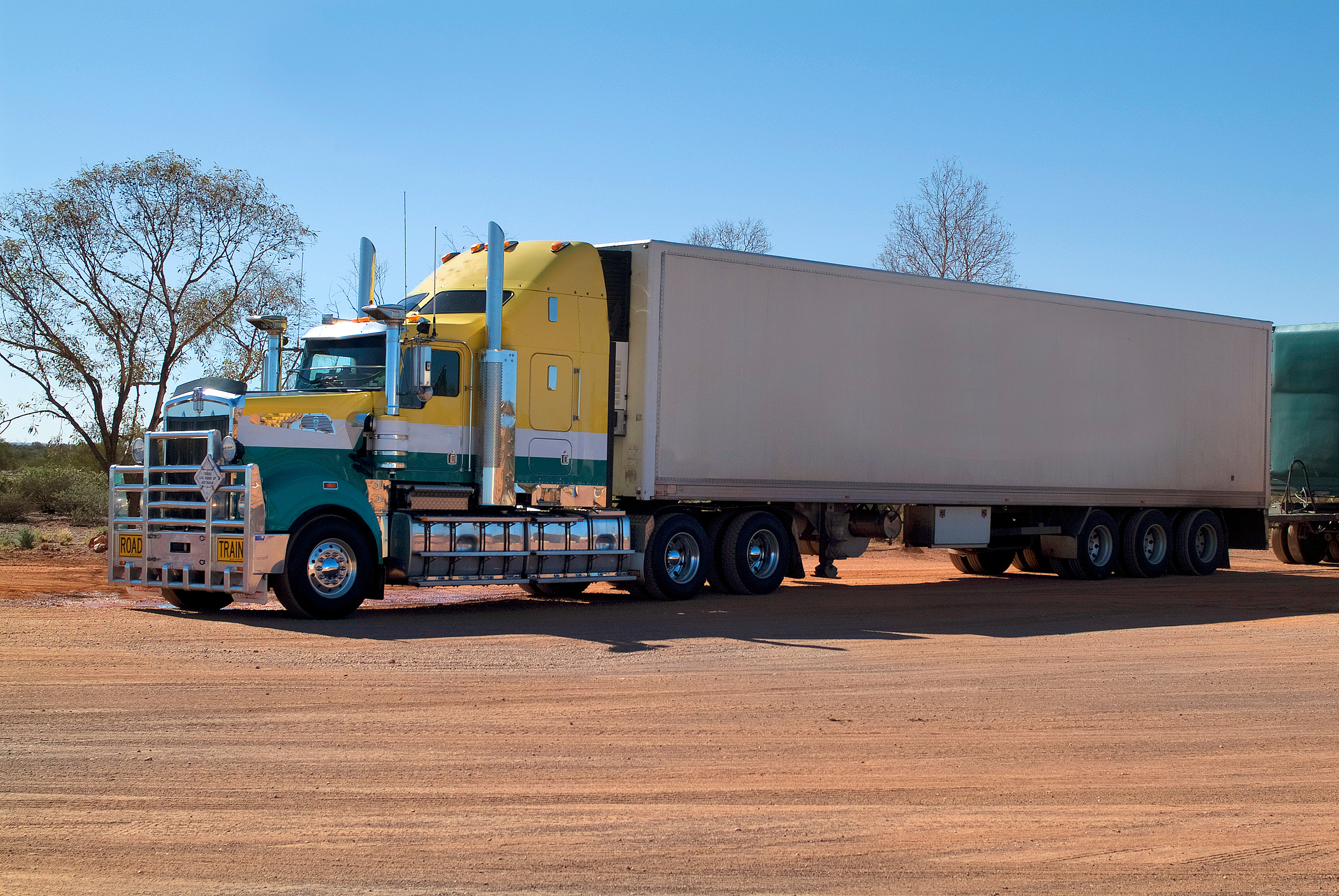
Geotab becomes a certified Telematics Monitoring Application Service Provider
April 1, 2025
3 minute read
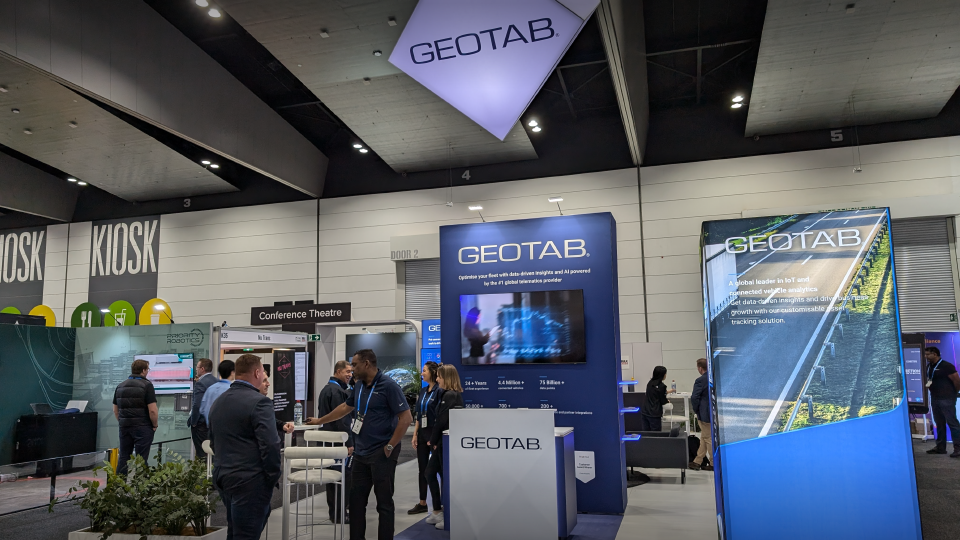
Geotab at MEGATRANS discusses Cost Savings and Automation
September 24, 2024
1 minute read
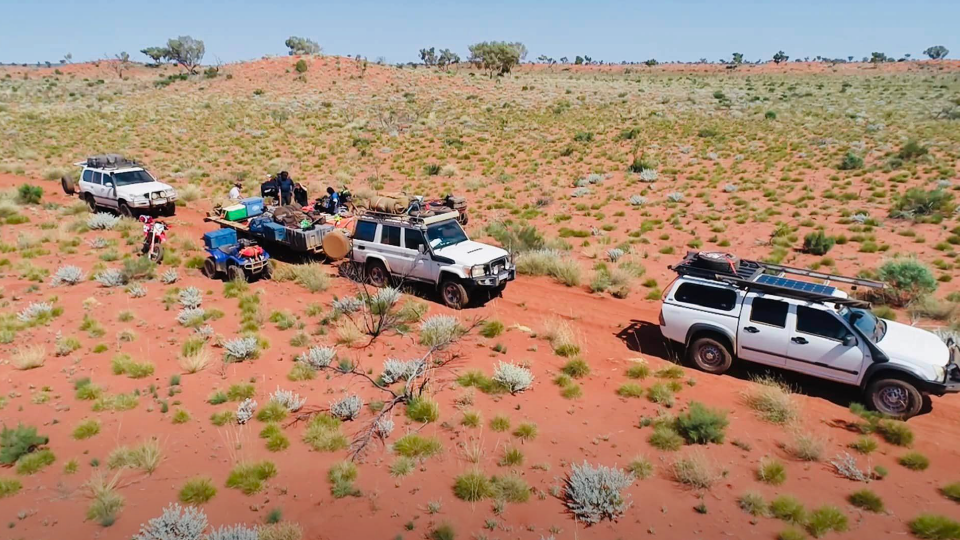

Telstra 3G Shutdown Extension gives Fleet Managers more Time to Upgrade
May 10, 2024
2 minute read
